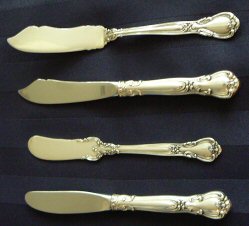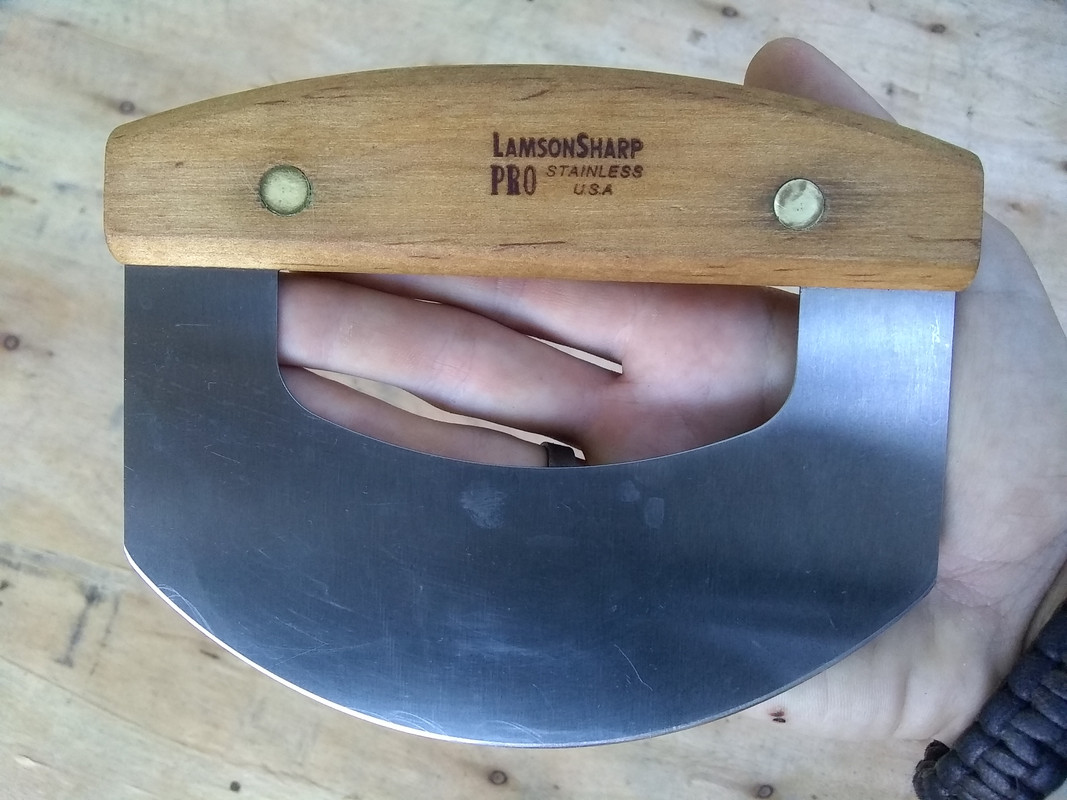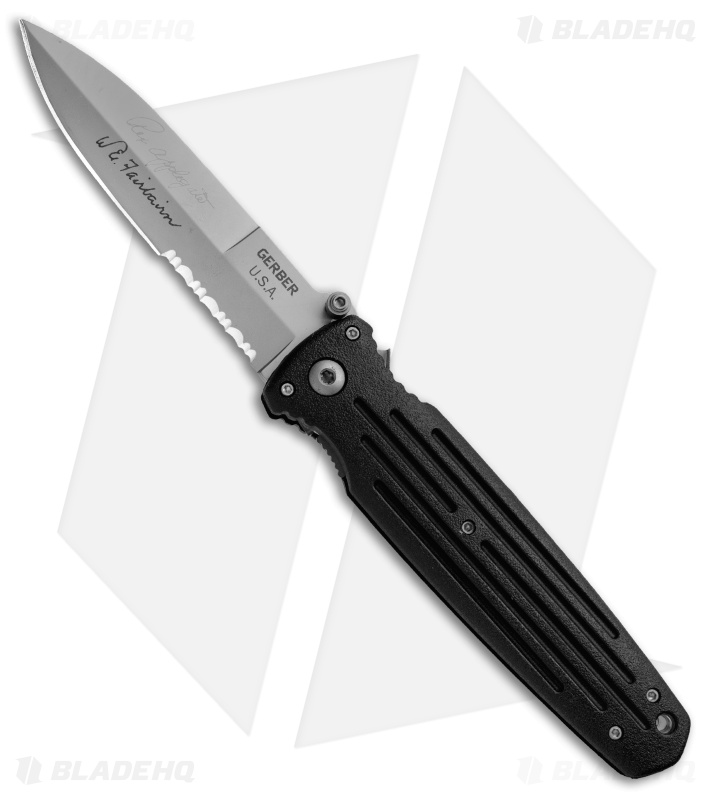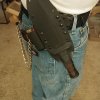- Joined
- Aug 13, 2016
- Messages
- 408
Hey guys, what is each type of knife good at and why? Example: why is a bowie knife good for fighting? What about the shape and the grind and the balance makes it a good tactical knife. Or a hunter or a camp knife etc. Another example: what is the curve of a Katana do? The curve of a kukri? What about these features makes blades cut better? Any type of knife is appreciated.
Irrelevant question: I'm thinking about opening a knife sharpening business in a couple years and I have a lot of random questions. One is, why do knife sharpeners not charge per inch on every knife? It seams it'd be easier that way. Is there some reason or is it just preference?
Thanks guys,
Bo
Irrelevant question: I'm thinking about opening a knife sharpening business in a couple years and I have a lot of random questions. One is, why do knife sharpeners not charge per inch on every knife? It seams it'd be easier that way. Is there some reason or is it just preference?
Thanks guys,
Bo







